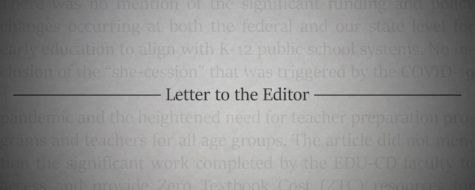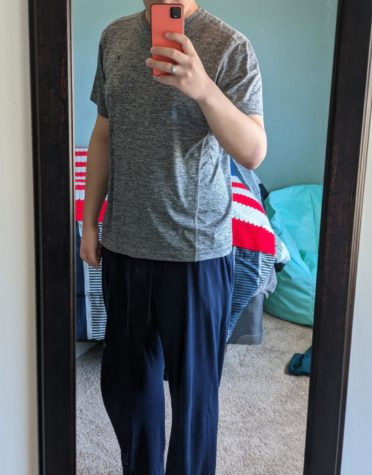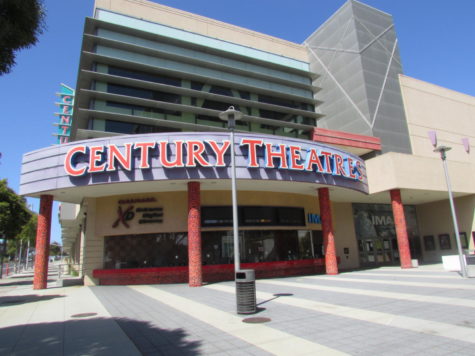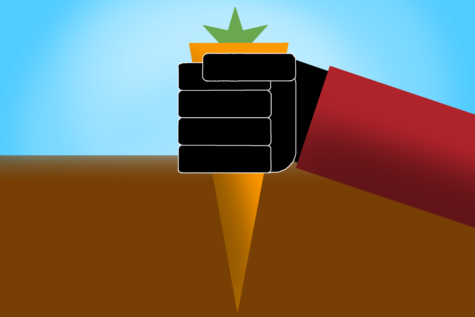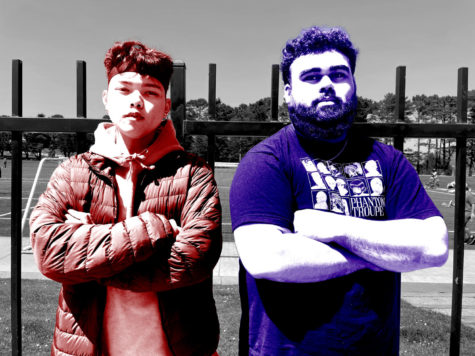The Roaring Twenties’ Second Wave
Next year will be a time for hope and change for the United States with the 2020 presidential elections, but it will also be a year to look back on in history since it will mark 100 years since the Roaring Twenties.
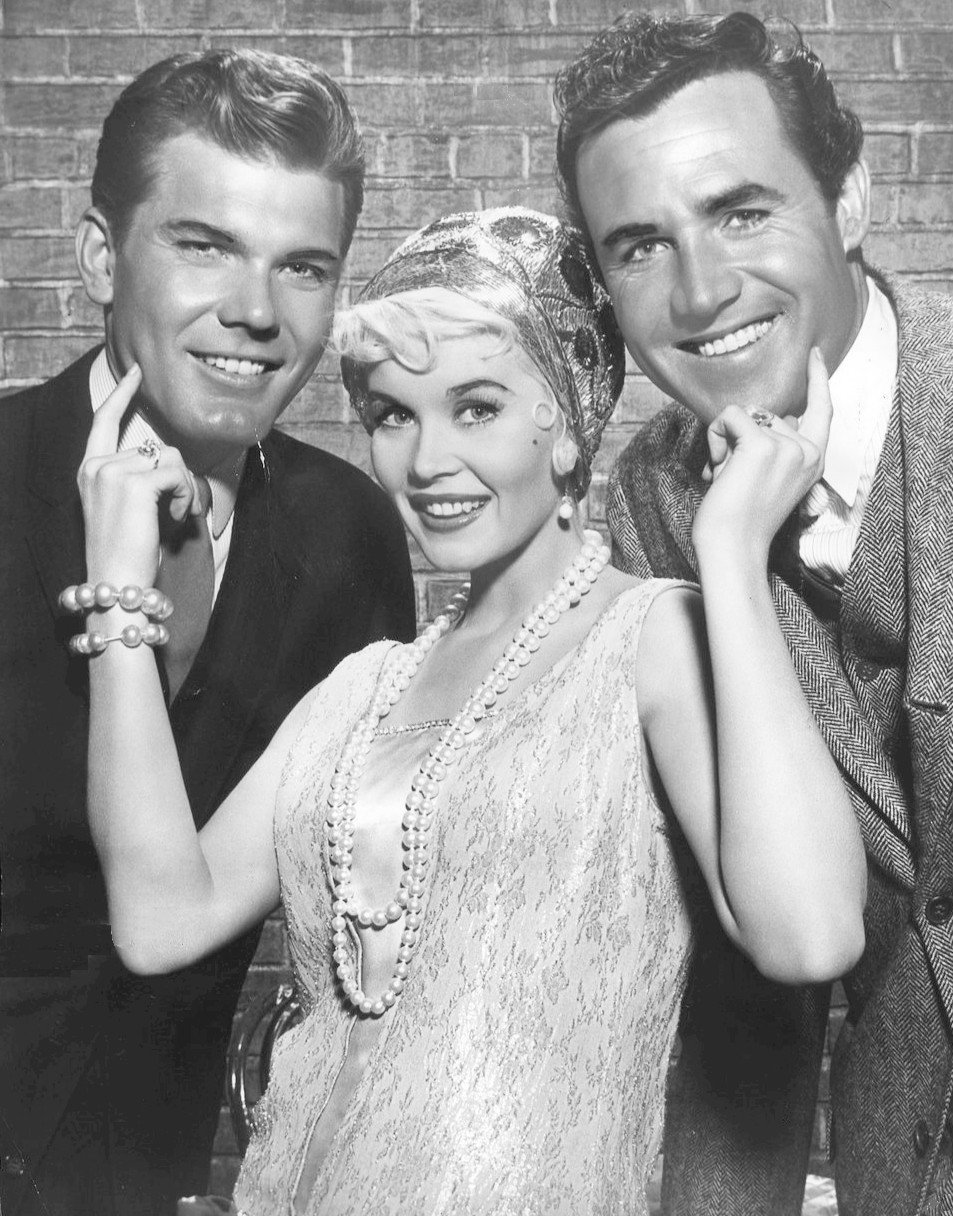
The 1920s were a decade of change, politically and socially, and celebrating the style, the slang and the music that inspired people across the country a 100 years ago to create and open doors for generations to come is something that I find amazing and inspiring; plus who wouldn’t want to learn more about that time period and dress like they did back then.
I am fully aware that not everything that happened in the 1920s was all good, but for the next year let’s just focus on the good things that made the 1920s “roaring”. There are three main things that stand out the most to me about that era. Fashion, music and the slang from that time period.
The slang for its mysterious phrases because of the prohibition of alcohol, the style because for women especially, it defied the stereotypes of what women should look and act like, and the music because it brought a new sound and a new vibe that was needed by the younger generations that had just seen the horrors that World War I left them with. For them, this era meant forgetting and living.
Politically and socially for women, it was a year that made many challenge the societal standards around them. For starters, on Aug. 18, 1920, the 19th Amendment which prohibits states and the federal government from denying the right to vote to any citizen on the basis of sex, was passed. This allowed us women the right to vote.
Women’s style changed drastically: there were no more tight dresses. They brought in the famous flapper dresses which weren’t fitted, but loose instead. Women also chopped off their hair into a short bobs or a pixie cut. Some would say that they looked manly with those haircuts, but as someone who chopped her hair off a year ago, I can say that cutting your hair gives you a new type of strength. There is no more hair to hide the features you once may have hated and you end up embracing them.
During the 1920s, there was a new definition of women at the time, and even though older generations did not fully approve of the “new” women, it was something daring. Women were defining themselves in a totally different way, like we are now. We aren’t just caregivers and caretakers, we are so much more than that. By taking on the style, slang and sharing the music of the 1920s, we will be embracing change itself and those who had the strength to stand up and live. This is only one reason to get into the year-long celebration of 100th year since the 1920s.
I would argue that music gives most people the strength to do the things that sometimes we can not do alone. It has the power to fill you with all sorts of emotions and for the 1920s, positive emotions were desired. Jazz, which was the new sound that moved from New Orleans to northern parts of the country like Chicago and New York, gave many the power to rebel.
A poll that CBS did in January of 2018 on the United States’ favorite music genre, had Jazz and Hip Hop or Rap in sixth place with 7 percent. Even though Jazz was the most popular music in the 1920s, it seems like in the United States Jazz is dying, but there are other places around the world like London whose interest in Jazz has increased. In some places like in the United States, Jazz may not be a popular genre now as it was in the past, but that doesn’t mean it can’t become popular in the next year especially when it has been 100 years since its boom!
The roaring twenties was all about forgetting the horrors of World War I and enjoying life. With everything that is happening now I wouldn’t mind some of that lifestyle.







